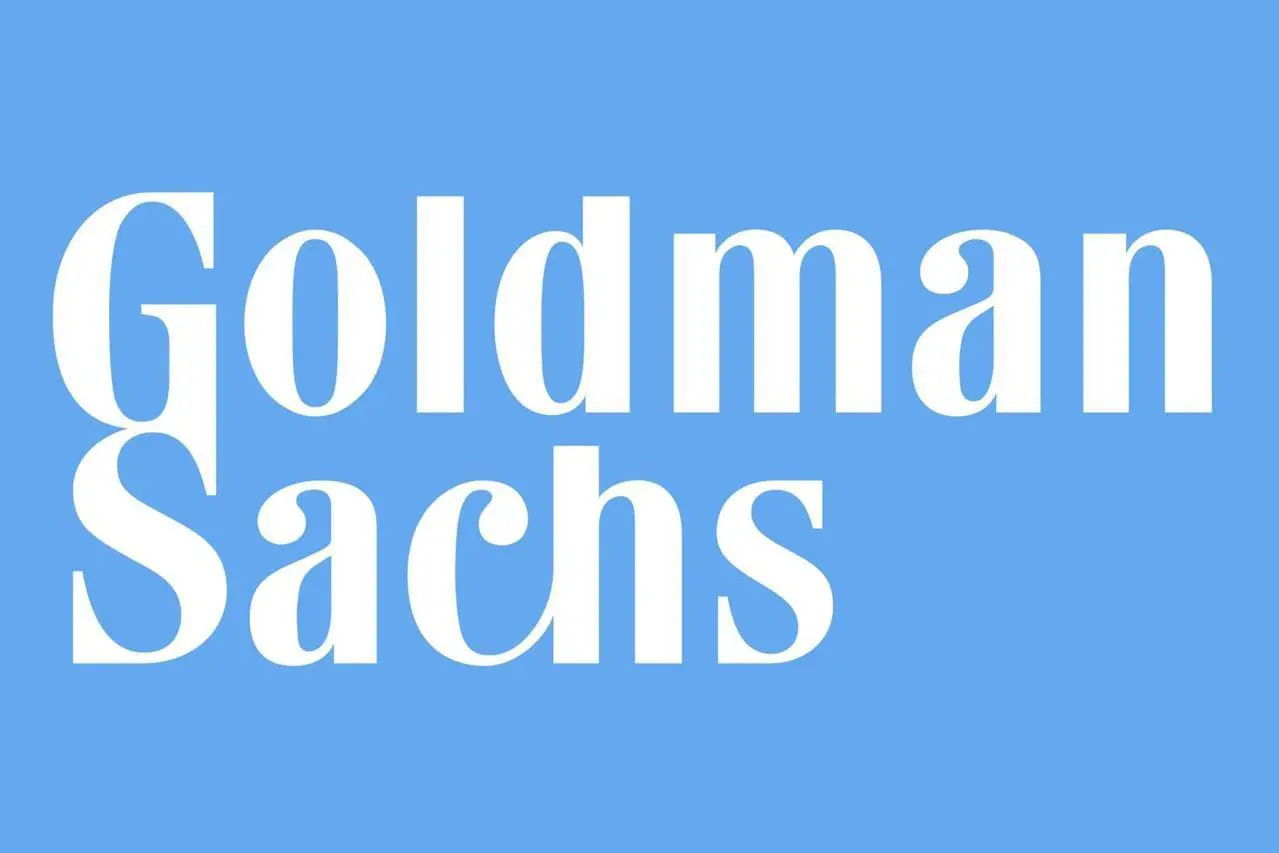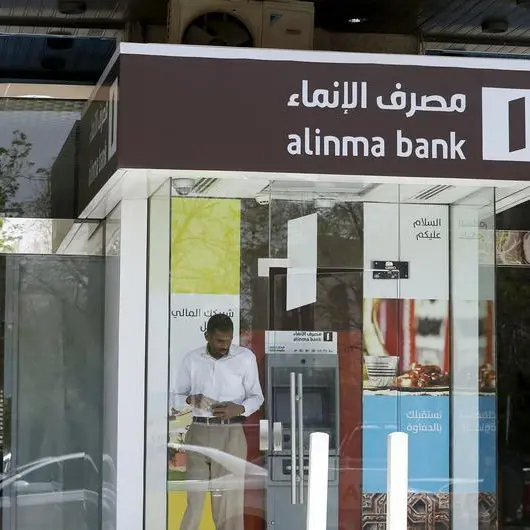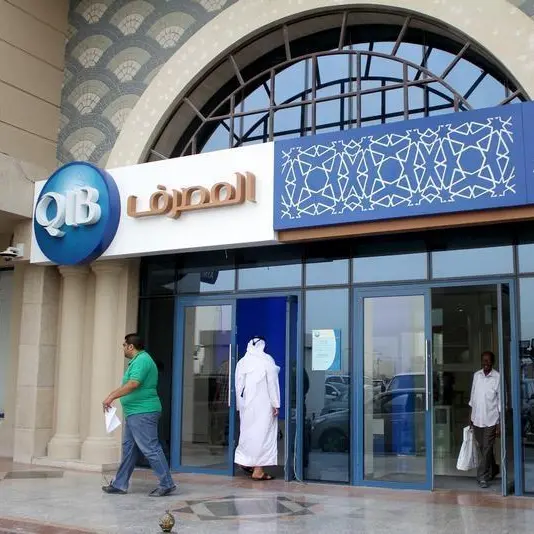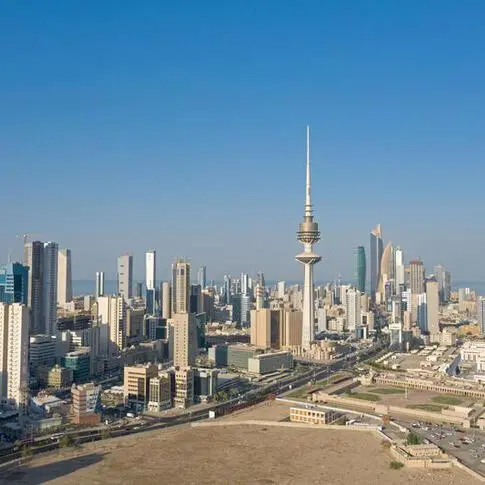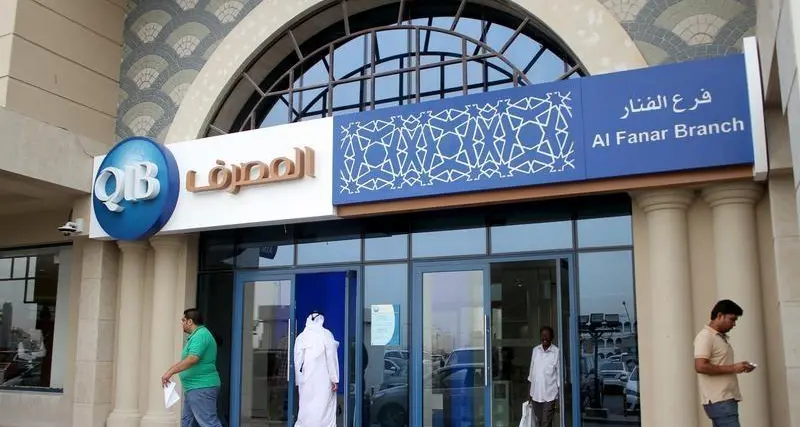PHOTO
BEIRUT: International investment bank Goldman Sachs estimated that restructuring of Lebanons financial system would leave the Lebanese banks with total losses of up to $65 billion and could lead to insolvency.
In all, we estimate that restructuring the financial system would leave the banking sector facing likely losses of up to $65 billion, rendering it insolvent, the banks Economic Research report released Thursday said.
The report believed that the bulk of these losses may fall on the shoulders of the depositors.
We thus anticipate that a significant portion of the burden of losses in the financial sector is likely to be borne by depositors through a bail in of some kind, at least initially, Goldman stated.
The investment bank presented a set of macro projections based on the successful implementation of reforms under the auspices of the IMF and outlines various restructuring scenarios.
According to our estimates, the FX liabilities (of the Central Bank) currently stand at around $70 billion. Against this, the BdL has around $13 billion in usable reserves1, implying a negative Net International Reserve (NIR) of around $57 billion (excluding gold and other FX holdings). In order to restore the NIR to a positive position, this implies a write-down in the BdLs FX liabilities to the banking sector of close to $60 billion, in our view, the report noted.
Goldman also said that a big haircut on the Lebanese government Eurobonds is inevitable and likely to be very substantial.
In our base case, we believe a 75 percent haircut is most consistent with our macro assumptions, implying that recovery values are likely to be in the range of 15 and 20 cents on the dollar, in line with the current market valuation.
The report added that restructuring of the governments debt, which, calculated at market exchange rates, is the highest in the world, at over 300 percent of GDP.
Goldman commented on proposals to use the proceeds of recovered funds from an anti-corruption drive.
In our view, such remedies are either too small (losses represent 40x the bank equity base, according to our estimates) or too nebulous to be the basis for a credible or sustainable resolution to the financial systems insolvency. We thus anticipate that a significant portion of the burden of losses in the financial sector is likely to be borne by depositors through a bail in of some kind, at least initially.
PATH TO RECOVERY
Goldman saw the path to recovery as occurring in two phases.
In the first phase, the government, in consultation with the IMF and other stakeholders, will likely articulate and begin to implement a detailed recovery plan that includes a) a strategy for dealing with the embedded losses in the financial system, and b) a far-reaching reform agenda. Once completed, the second phase will likely entail formal agreement with creditors on the restructuring of the public debt, adoption of an IMF program and the unlocking of other bilateral and multilateral funding (notably financial pledges made at the CEDRE conference in 2018).
It added that from an investor perspective, the key question around the restructuring at the moment is what sort of recovery value to attach to the current bonds.
It added that the ratification by Parliament of the Najib Mikati government on Monday represents the first step on a long and narrow path to Lebanese economic recovery that is likely to be fraught with difficulty and risk.
As outlined in its policy statement, and mentioned in PM Mikatis speech to Parliament on Monday, an immediate priority for the new government will be to re-engage with the IMF after a lengthy hiatus following the Beirut Port explosion last August that led to the resignation of the previous government.
It added that the objective would be to produce a recovery plan that paves the way to an IMF support package which, it is hoped, would unlock further bilateral and multilateral support, notably the substantial pledges made at the Economic Conference for Development through reforms with the private sector (CEDRE) in Paris in April 2018.
This would also allow the government to conclude negotiations with creditors and to restructure the c. $31 billion in Eurobonds that have been in default since March 2020.
In Goldman Sachs Economic Research view, the Domestic Recovery Plan will be the first step along the path to recovery is for the government to articulate a detailed recovery plan.
The previous government under former PM Hassan Diab presented such a plan last year, and although the details of any new plan are bound to change, the broad parameters are likely to be similar as they are dictated by necessity and the economic reality. Specifically, the recovery plan should include a) a strategy for dealing with the embedded losses in the financial system that restores the solvency of both the Banque du Liban (BdL) and the commercial banks, and b) a reform agenda that includes near-term measures to stabilize the economy and public finances, and longer-term reforms to ensure they stay on a sustainable footing.
In our view, the plan should meet the expectations and requirements of domestic stakeholders but also of potential external partners who are likely to be called upon to provide financing in the years to come, including the IMF, other bilateral and multilateral partners, and financial investors. As such, we believe it is important for these partners, notably the IMF, to be involved from an early stage in this process, and take comfort from the governments apparent recognition of this in its policy statement.
It added that resolving embedded losses in the financial system will be the first challenge from around 2014 since Lebanon saw a slowdown in non-resident deposit inflows from the large diaspora.
Copyright 2021, The Daily Star. All rights reserved. Provided by SyndiGate Media Inc. (Syndigate.info).
